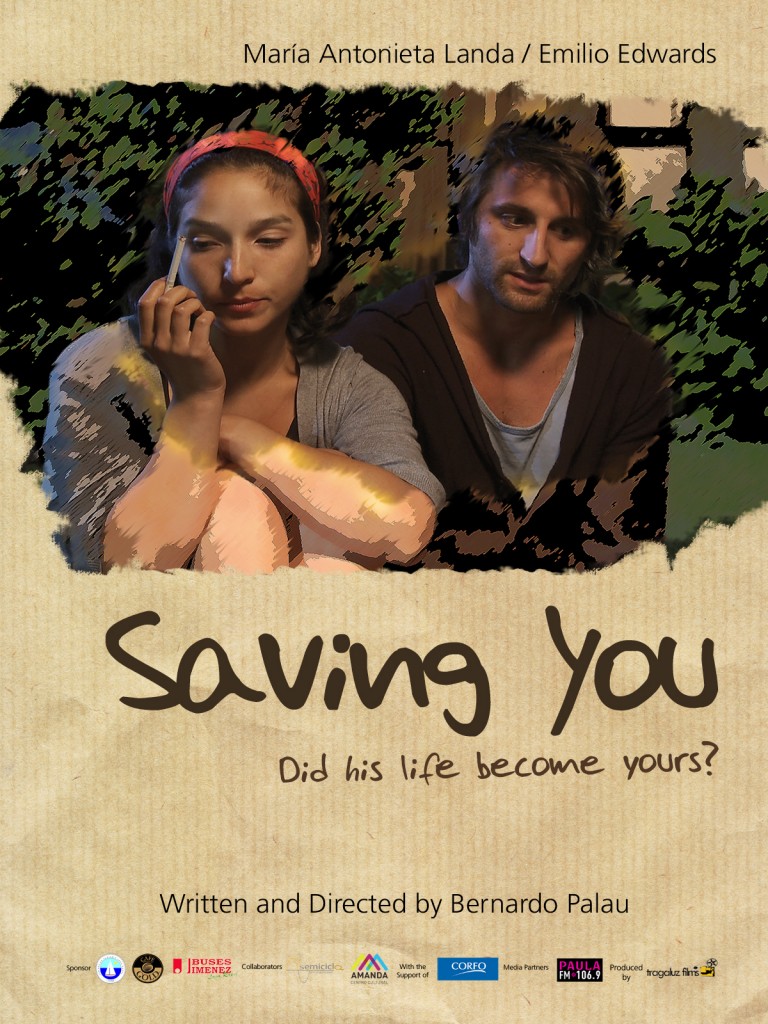Jennifer Fox’s Reincarnation as an Artist Entrepreneur
I recently had the pleasure to speak with documentary filmmaker Jennifer Fox regarding her latest film My Reincarnation, which opens in New York and Los Angeles on October 28th before screening in theaters worldwide. A comprehensive screenings calendar is available here. Filmed over twenty years, My Reincarnation is a wonderful film that chronicles the epic […]
Putting Chilean Film on the Map

On Thursday and Friday of this week (Oct 20-21) I will be at the Flyway Film Festival, presenting my two-day Think Outside the Box Office workshop on the ever-changing world of hybrid distribution and marketing. Today, though, I am thrilled to share a guest post from Chilean filmmaker Bernardo Palau whose first feature film ‘Saving […]
Some Basic Principles of Film Distribution and Marketing for Independents
Distribution and marketing of a film should start as early as possible – and be integrated into the filmmaking process as much as possible. Doing this will benefit the film and make the release more successful and make your life easier.
BOMB IT 2 Screening @ Estria Invitational Graffiti Battle

BOMB IT 2 is screening at 6 p.m. at the Roxie Theater in San Francisco on Thursday, October 6th as part of the Can Film Festival, sponsored by the Estria Invitational Graffiti Battle. “The Can Film Fest” is organized by nonprofit arts organization The Estria Foundation as part of their week long Graffiti Arts Festival […]
10 Ways in Which I Would Release Bomb It Today
Chris Horton asked me to write this post for the new Artist Services website that Sundance has set up. However, many filmmakers don’t have access to that site, and so I am posting it here on my blog for anyone to be able to read. Here is the post: In 2005 I started a documentary […]
Exciting Times in Park City
While Smith feels that taking his film on the road by himself is the most groundbreaking aspect of his act, I actually feel that the work he has been doing for the past number of years has been what is truly revolutionary about his project. He has created a unique relationship with a large and devoted audience. In essence he has created himself into an artist entrepreneur in the best sense of the term.
Conclusion of Guest Post: The Secrets of The Secret
Today concludes Julie Eckersley’s wonderful 5 part series on the methods used by The Secret to create such a success – big kudos to Julie for being so generous with her information. I love that she emphasizes audience engagement at the earliest stages and being generous to your partners and fans!: Here’s Julie: In early […]
Part 4: The Secrets of the Secret
Today is Part 4 of Julie Eckersley’s 5 Part amazing Guest Post Series on the distribution and marketing of “The Secret”. Here’s Julie: In early 2006, Australian TV producer Rhonda Byrne launched her feature length documentary online. It was called The Secret. The film spread like wildfire around the globe as viewers took up the […]
Part 3: The secrets of the Secret
From very early on in the project Byrne identified the key influencers in this area and aligned herself with them. As it was a documentary she could do this by actually using them in the film, but it could also be done by having interviews linked on a website, articles, blog posts etc. She got these people (some of which already had their own community of hundreds of thousands of followers) and she involved them from the beginning.
Part 2: The secrets of the $300 million independent film.
In early 2006, Australian TV producer Rhonda Byrne launched her feature length documentary online. It was called The Secret. The film spread like wildfire around the globe as viewers took up the viral campaign Byrne had begun.